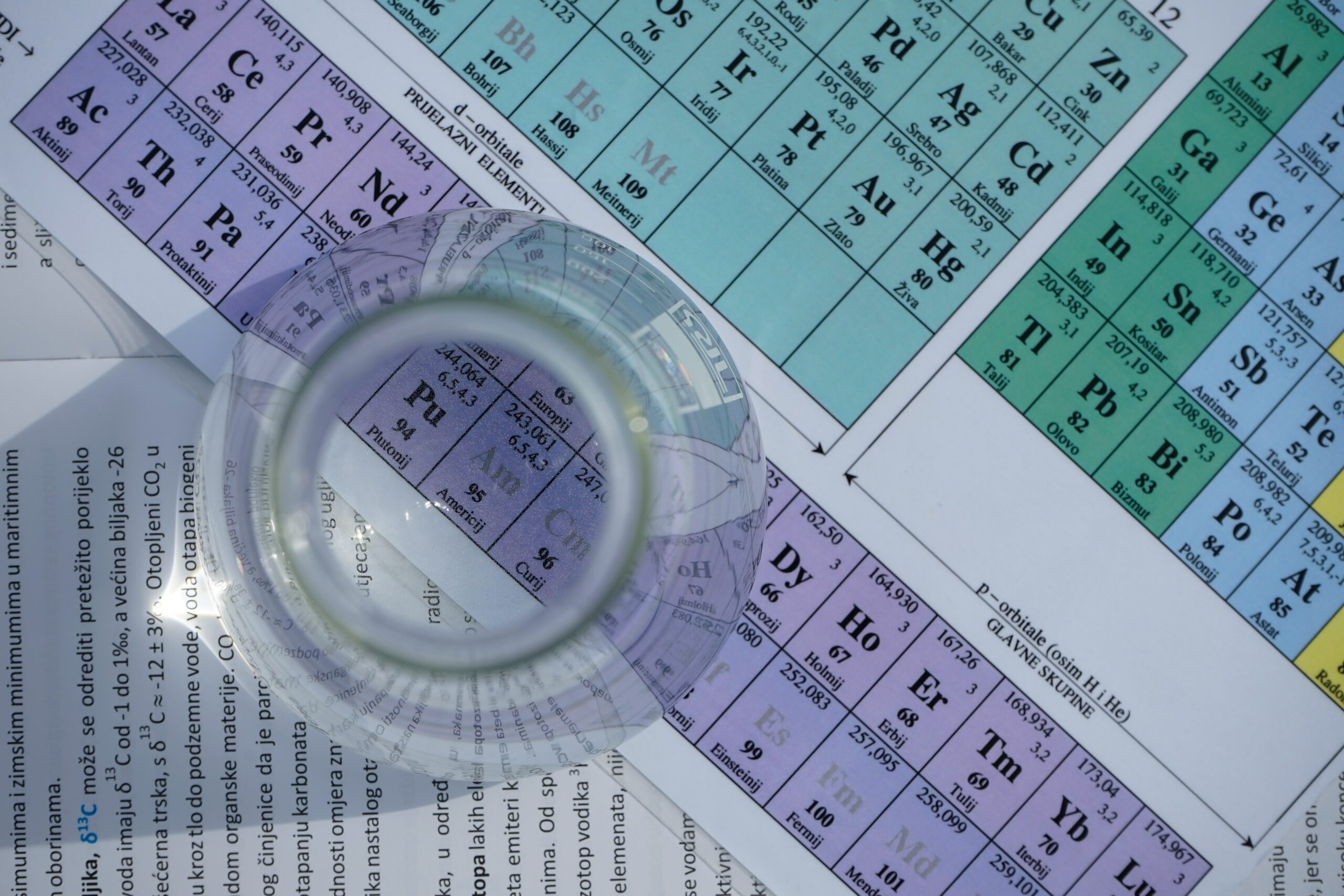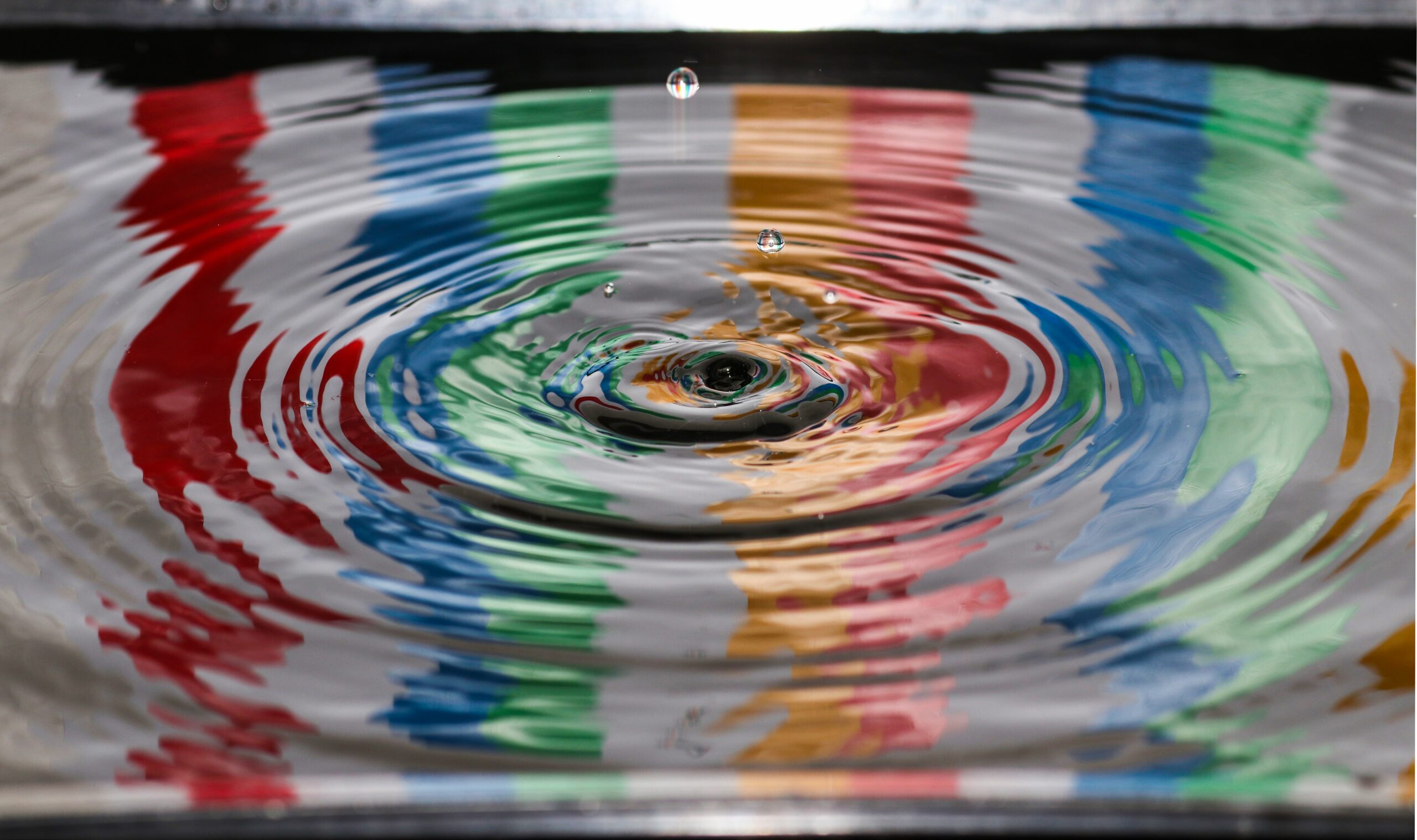How nuclear science can map water’s ‘fingerprint’
How can we understand the dramatic global patterns affecting our water systems? One group of scientists has been quietly mapping water’s unique ‘fingerprint’ – and their insights are helping us understand water challenges in extraordinary detail.
Analysis of humanity’s impact on the world’s water systems is usually done on a grand scale: rising global sea levels; retreating glaciers and ice sheets; polluted river systems or punishing drought.
At the other end of the scale, however, nuclear hydrologists are using chemistry to take water’s ‘fingerprint’ at a molecular level. By analyzing water’s isotopes – atoms that share the same chemical properties, but have different masses – they are able to uncover secrets about where the water has come from and track it through the hydrological cycle.
This analysis offers us priceless information about how our water is doing. The measurements are so precise that they can be used in highly accurate climate models. And – almost like a DNA sample – this indisputable data can help us to properly sustain and look after the finite supply of this most valuable resource.
How does water ‘fingerprinting’ work?

Isotopes in water are the same chemical elements (hydrogen and oxygen, combining as H2O) but they have a different weight because they contain a different number of neutrons. By analyzing isotopes, using isotope tracers, we can not only pinpoint the origin of individual water molecules, but we can also reveal their unique ‘fingerprint.’
This allows us to understand which oxygen and which hydrogen (H20) isotopes are in which water molecules (knowing that isotopes vary in different environments). This means we can not only study the present but also past climate events and predict future ones.
The International Atomic Energy Agency, the IAEA, and the World Meteorological Organisation, the WMO, have created global networks to study precipitation and river water based on isotopic nuclear techniques and measurements. These hydrological investigators have been building up an extraordinary set of data, begun in the 1970s, which shows changes in groundwater resources and shifts in precipitation patterns, as well as revealing the state of the cryosphere – the world’s frozen water – as ice caps melt and glaciers recede.
Such detailed information – gathered from 1,200 meteorological stations in over 125 countries – provides unrivaled insight into how the water cycle works, and how it’s changing.
Knowledge is power

Water crises – from flooding and drought to pollution and disputed access – affect more and more people across the globe. Here are some of the insights gleaned by nuclear hydrologists which are helping us manage water better.
- When Costa Rica suffered its first hurricane on record, scientists turned to isotopic techniques to help predict the frequency, magnitude, and intensity of future meteorological events
- Studies of water’s ‘fingerprint’ in different regions revealed the complex relationship between temperature and rainfall. So while in Bangkok, Thailand, heavy rains were found to have come from ocean evaporation, in Cape Town, South Africa, downpours derived from powerful storms, with water of mixed origin.
- In Brazil, a country highly dependent on hydroelectric power, the data has provided a better understanding of rainfall patterns and water availability
- Namibia’s growing population is increasing pressure on water resources; isotope hydrology tools have helped monitor and manage groundwater levels
- In New Zealand, too, this technology is at the heart of national water management programs and drinking water monitoring
- The isotope ‘fingerprint’ of water has even been used in the fight against the illegal wildlife trade: forensic experts’ knowledge of precipitation allows them to identify the origin of animals that have consumed that water.
Why is it important?

As the world strives to attain the 17 United Nations Sustainable Development Goals (SDGs) that lie at the heart of the 2030 Agenda For Sustainable Development, water connects them all.
According to the UN, 90% of all climate change disasters and extreme weather events are directly linked to water. Women and girls spend 200 million hours a day collecting water – the equivalent of 8.3 million days or 22,800 years of lost time and opportunity. Thanks to these isotope techniques, we are constantly learning new secrets about our water – and our impact on it.
IAEA experts point out that, while decades of gathering data may seem extensive, that is a relatively short period in the study of our global water systems. Fortunately, nuclear hydrology is a relatively accessible and affordable way to gather crucial information about our water. And that information can help us predict and understand how future climate and weather impacts will affect us all.